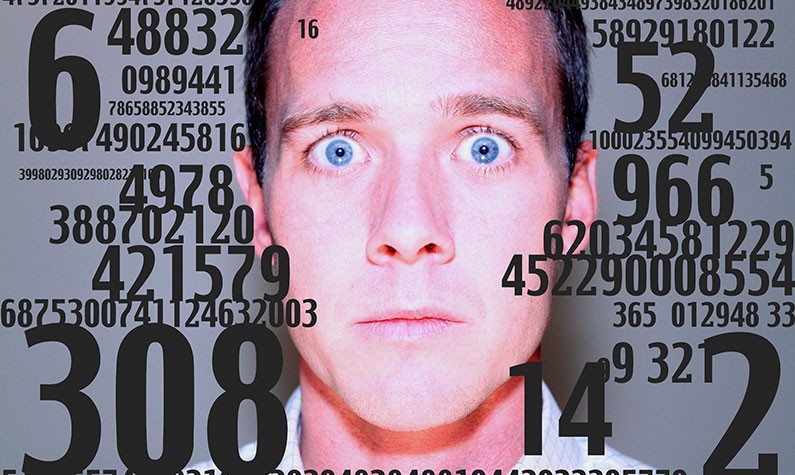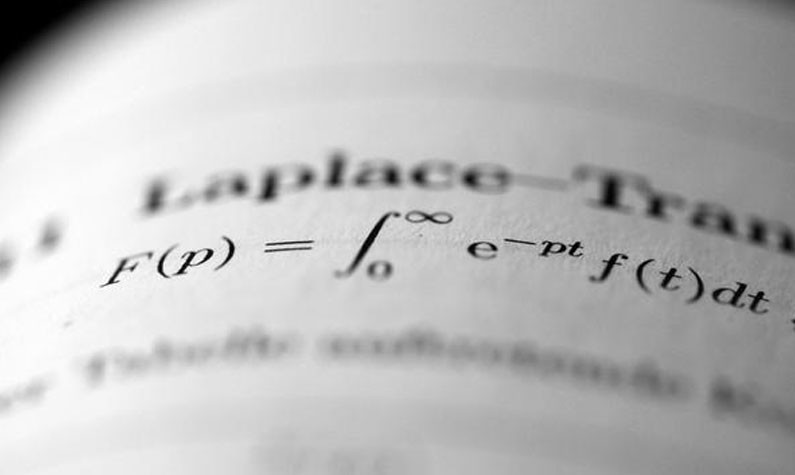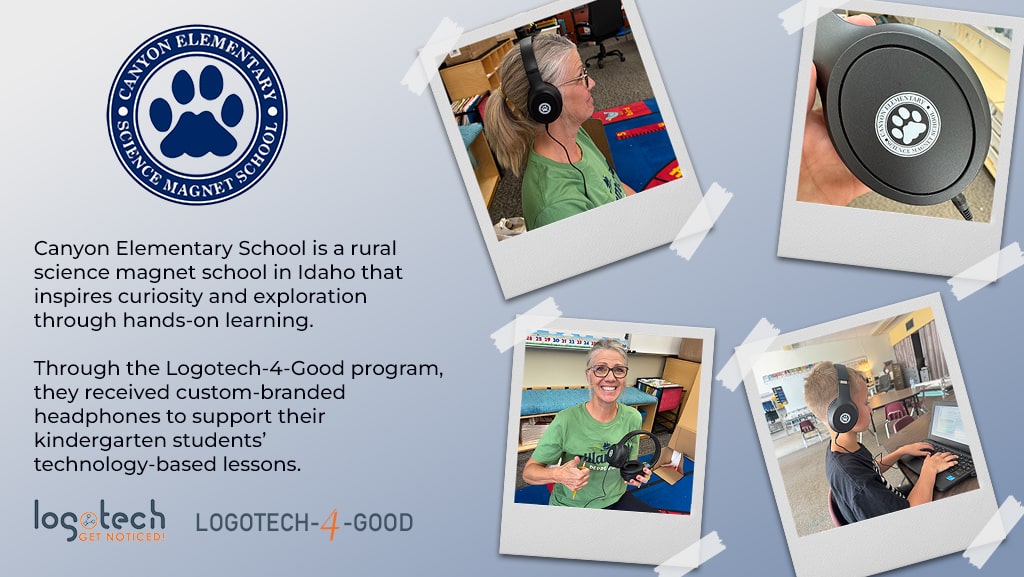
Quantitative Reasoning for Math Phobes 101
Does your brain hurt when you sense a math problem swirling in the air?
Have you hated math since early childhood, and experience math anxiety even if you have to calculate how much to tip your waiter? Or do big numbers in newspaper and magazine articles frighten you and make you doubt your intelligence?

You are not alone. Perhaps you and millions of people around the globe have some kind of childhood math trauma. It had been inflicted either by indifferent or evil math teachers, or by your parents who assured you early on that you simply aren't a math person, for no such trait runs in the family.
Nowadays, most science teachers agree that teaching methods used in schools are dismal, and that the testing system is outdated.
So many years have passed, but I still remember the genuine confusion written on my high school math teacher's face when she learned that my overall GPA was among the highest in my class. The poor thing must have assumed that, since I was almost never present in her class and had bad test results, I was a slacker altogether. Let me say it now it was her fault!
Later on, in university, I dreaded the required math courses. But when my probability and statistics class started, I felt this unfamiliar excitement, which amazed me. I actually enjoyed it. The professor was encouraging, patient and never preyed on our anxiety in order to feel good about himself. Most importantly, though, he brought quantitative reasoning down to our everyday life. He did not make us memorize everything, but rather wanted us to try and make sense of concepts while applying them to real situations.
Quantitative reasoning in a nutshell
Often dubbed remedial math, quantitative reasoning (QR) is inextricably linked with mathematics, yet there are still some differences. For example, math is considered a discipline, while QR is viewed as a set of skills with more practical applications in our everyday context. A mathematician may develop somewhat abstract thinking foreign to most people, but QR should be the property of all well-educated citizens. Making sense of numbers is at the bottom of it, as well as being able to understand what is a compound interest, or why percentages have such power over all of us.
QR stimulates our critical thinking, especially when it comes to analyzing statistics, applying models of probability and principles of logic to everyday activities. QR has more understandable language than math. With the ever-developing technology of today's world, mastering QR is of great importance. Keeping with the fast pace requires stellar skills for accurately interpreting all available data in order to make educated decisions.

There are no bad students, only bad teachers
This statement may sound a bit harsh, but good teaching is no longer only about memorizing ready-made postulates. It should be about giving students the right tools to make sense of new information despite its source. It is widely accepted that most people learn best through personal experience, when new knowledge is connected to what they already understand or believe.
Actually, a famous Chinese proverb illustrates the fundamental principle of active learning, which QR has to be all about: "What I hear, I forget; what I see, I remember; what I do, I understand."
Teaching QR to math phobes
One of the proven methods to make math and QR accessible to people who hate numbers is the collaborative approach, or group work. Studies show that students apply themselves harder and learn more when working in groups. That way, the teachers give them more freedom to find their own solution and then share it with the others during a class discussion.
Another effective way to teach QR is using newspaper and magazine articles. They are written by reporters and editors who are a non-mathematical authority. Learning how to analyze the given numbers is essential. Only then would a student be able to pass judgement over how an incident or event affects a certain community, or society in general. Important concepts such as comparisons, graphical analysis, percentages and their movement up and down are also approached and discussed.
Some college professors have long argued that QR programs should be incorporated with writing programs. They say that quantitive information may help with the clarity of a stated argument, or evaluate it in a constructive manner. Adding numbers to language strengthens it, and the opposite is also true. Research has shown that combining developmental mathematics with reading can enhance success in mathematics.
Homework
Now consider the following problem: Officials estimate that 320,000 Boston-area party-goers attended the 1995 Independence Day celebration on the banks of the Charles River. They also estimate that the party-goers left behind 40 tons of garbage. Given that a ton equals 2,000 pounds, how many pounds of garbage did the average party-goer leave behind?
Your second homework assignment is to learn about our promotional USB drives for schools. If you have created math or QR curriculum and guides for students and teachers, providing those documents on a custom flash drive is a great way to promote your programs.








